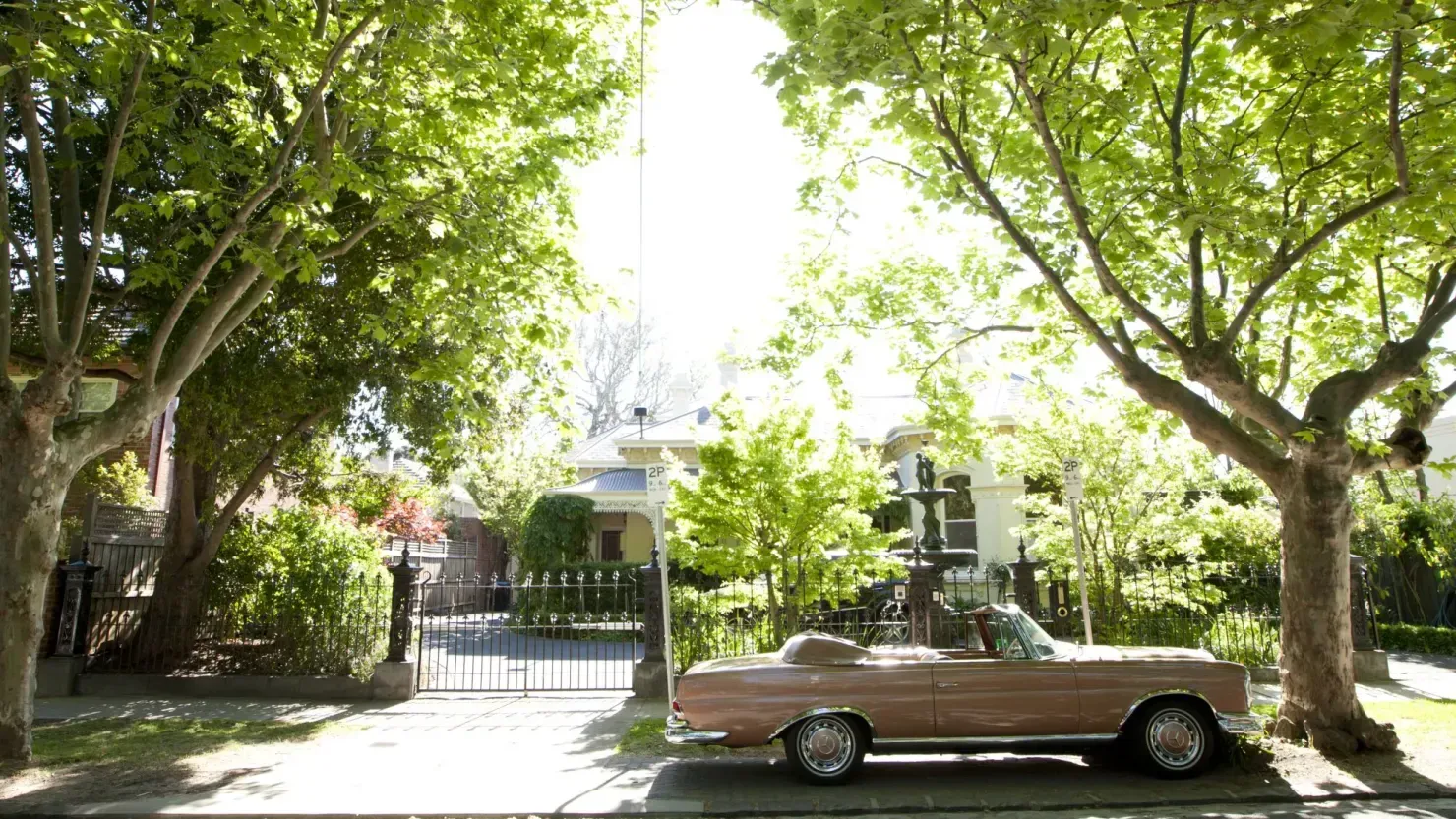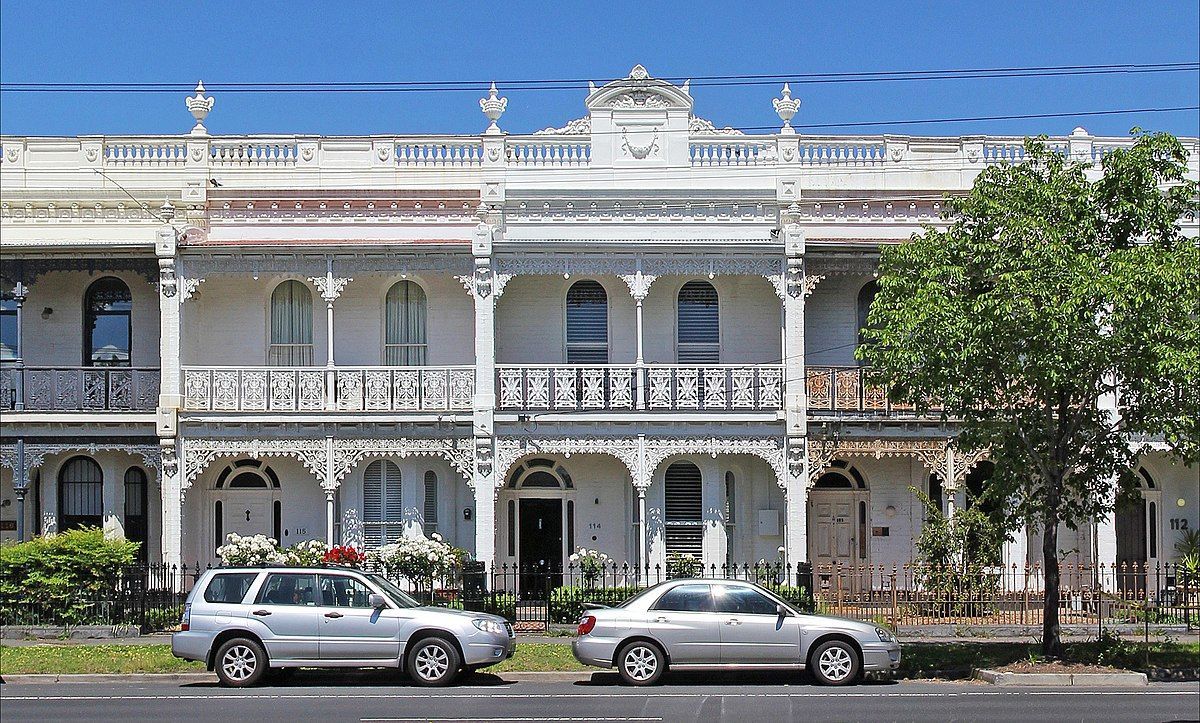The Shades of Spring, When Your Neighbour’s Tree Thinks It Owns Your House
By Melly Shute
Spring has arrived in the inner city and with it comes sunshine, hay fever, and inevitably, tree disputes. You might think of trees as harmless, leafy air-purifiers, but in property law, they can become the quiet villains of the street.

Overhanging Branches
Picture this: you’re sipping coffee in your courtyard when a giant branch from your neighbour’s gum tree casually swan-dives into your garden. Suddenly, your Sunday turns into a crash course in arbor law.
The law is clear: the tree belongs to your neighbour, but you are entitled to protect your land from encroachment. At common law, you may cut back overhanging branches up to the boundary line (Lemmon v Webb [1894] AC 1). However, you must not trespass onto your neighbour’s land or cause damage to the tree, doing so could expose you to liability. Importantly, the branches you remove technically remain your neighbour’s property, so you can’t just toss them into the green bin and pretend they never existed.
Encroaching Roots
Roots are a different beast. They’re like those mates who “just pop by” and end up staying the weekend. If a neighbour’s tree roots damage your drains, crack your foundations, or ruin your veggie patch, you may have a right to recover the cost of repairs. Courts have confirmed that a landowner can seek damages or an injunction if encroaching roots cause actual harm (Kaitler v Bayside City Council [2012] VCAT 918).
That said, hacking away an entire root system is risky business. If the tree dies or becomes unsafe because of your actions, you could be held responsible.
Talk Before You Chop
The golden rule? Talk before you chop. Many disputes can be resolved with a simple conversation (and perhaps a six-pack). If that fails, legal remedies exist, including applications under the Fences Act 1968 (Vic) or proceedings at VCAT or the Magistrates’ Court.
Adding another wrinkle, some trees are protected under local planning schemes or heritage overlays. Removing or even significantly pruning them without council approval can result in fines much greater than the cost of mediation.
The Takeaway
So this spring, before you declare war on your neighbour’s overhanging branches, remember: while trees may not have rights, your neighbours and your council, certainly do. If you find yourself facing an arbor dispute, the best first step is legal advice to avoid turning a small nuisance into a costly legal battle.
Need assistance with your property law matter:
Call us on 03 9969 7146
Share This Blog






